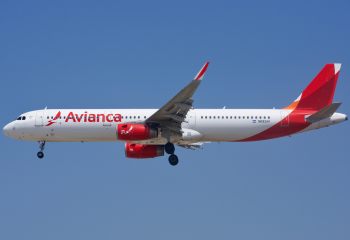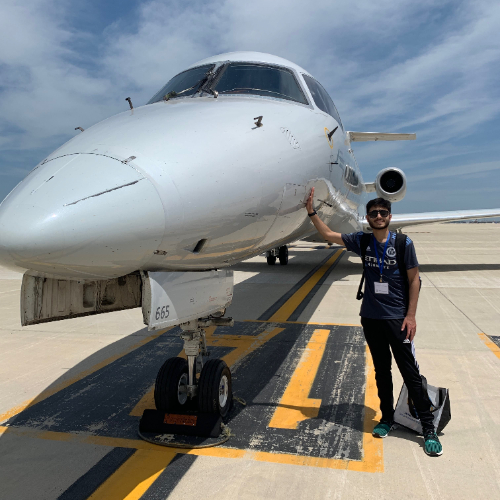Drug cartels are notorious for their operations all across the world, primarily in Latin America. These cartels hold massive influence, so much so that they can bring down a commercial airliner if they want to. Sure enough, today we will investigate one such incident: the tragic tale of Avianca Flight 203.
Background
Avianca Flight 203 was a regularly scheduled domestic flight between Bogotá and Cali, Colombia.
On November 27th, 1989, Flight 203 departed normally from Bogotá's El Dorado International Airport (BOG) just after 7:00 a.m. bound for Cali's Alfonso Bonilla Aragón International Airport (CLO). Earlier that year, Cali Airport had been renamed from its old name of "Palmaseca International Airport".
Flight 203 was operated by a Boeing 727-21 registered HK-1803. This aircraft was 23 years old and was built in 1966. It had previously flown with Pan Am as N326PA before being acquired by Avianca in 1975.
Captain José Ignacio Ossa Aristizábal, First Officer Fernando Pizarro Esguerra, and Flight Engineer Luis Jairo Castiblanco Vargas were on the flight deck. Three flight attendants looked after the 101 passengers.
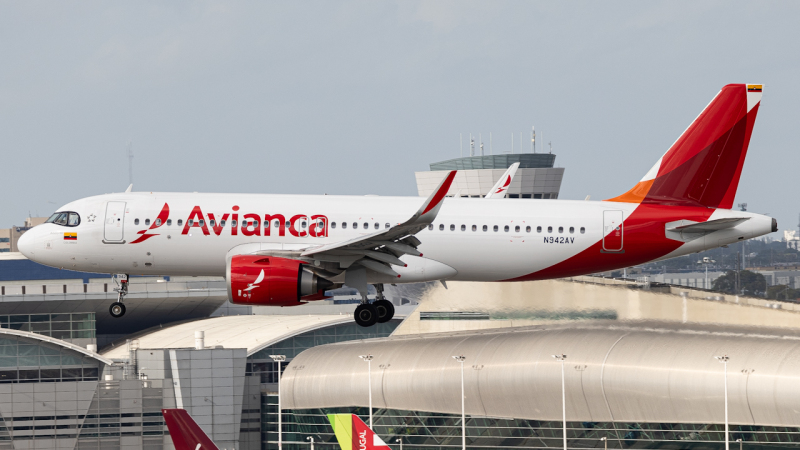
Sudden Explosion
Five minutes after departure, an explosive charge detonated causing fuel vapors in the central fuel tank, empty at the time, to ignite. At this point, the 727 was climbing through 13,000 feet (4,000 meters) at a speed of 493 miles per hour (794 kilometers per hour).
Eyewitnesses on the ground reported seeing fire erupting from the right side of the fuselage. Not long after the first detonation, a second blast blew the aircraft apart.
The nose section separated from the tail and the plane went down in flames over the municipality of Soacha, roughly 19.5 kilometers or 12 miles from El Dorado Airport. All 107 occupants onboard the 727 perished in addition to three people on the ground. The 727's wreckage was scattered across a three-mile radius in Soacha.
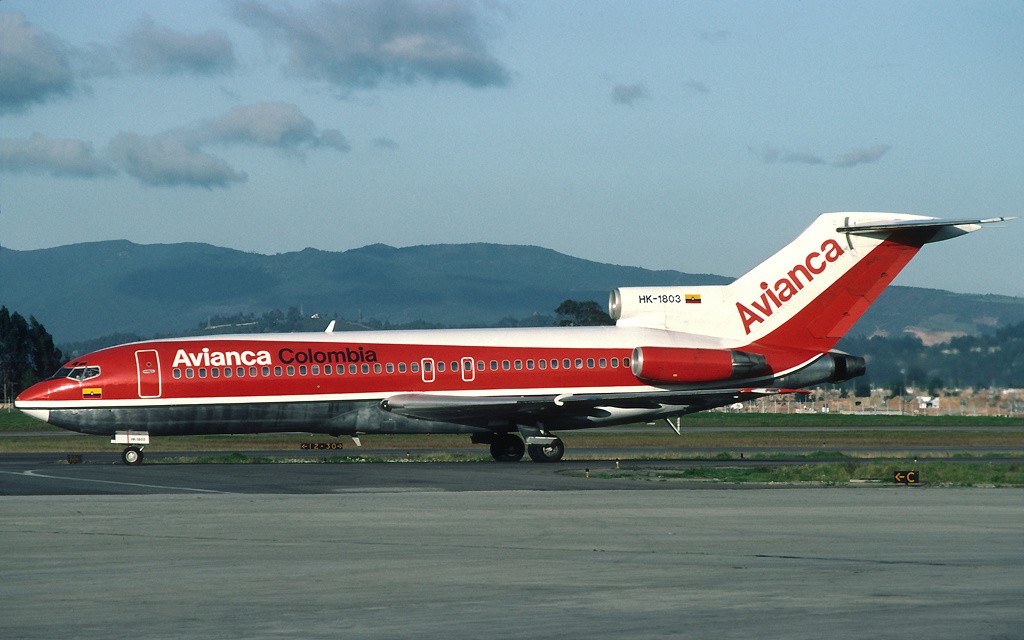
The Cartel's Plot
Investigators found that plastic explosives were used to bring Flight 203 down. The bombing had been orchestrated by the Medellín drug cartel, the first major cartel in Colombia that had been operating since the mid-1970s.
It was revealed that drug kind Pablo Escobar had planned the bombing leading up to the 1990 Colombian presidential elections. Escobar had hoped the bomb plot would kill candidate César Gaviría Trujillo.
This plot backfired massively as, for one, Trujillo was not onboard the flight. To make matters worse for Escobar, Trujillo won the 1990 election securing 48.2% of the vote. The 1990 election was tarnished by violence.
Various assassinations between 1987 and 1990 targeted multiple candidates. El Dorado Airport itself suffered an attack in March 1989, killing Patriotic Union leader Jose Antequera and injuring Ernesto Samper, who would serve as Colombia's president from 1994 to 1998.
Nine days after Flight 203's bombing, the DAS Building in Bogotá, home of Colombia's Administrative Department of Security, was bombed killing 63 people. It was presumed that the Medellín cartel ordered this bombing as well.
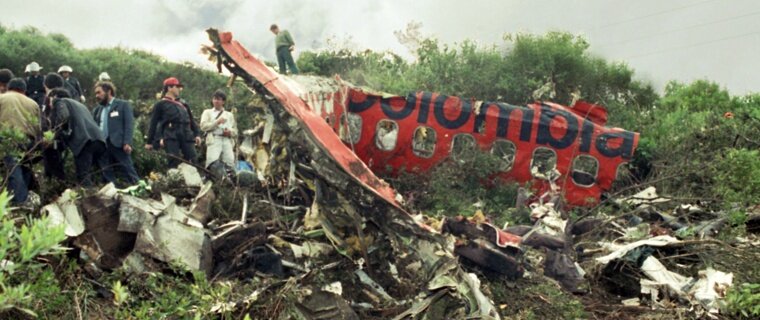
One investigative account states that two unidentified men dressed in suits planted the bomb onboard. These men worked for Escobar and sat in seats 18A and 18K located right above the main fuel tank.
At the last moment, one of the men left the aircraft while his partner stayed onboard and would later be killed in the bombing.
A young man named Alberto Prieto was tricked into staying onboard and activating the bomb once the plane became airborne.
Unknowingly, Prieto had been duped into his death after being told that the detonator was simply a recording device being used to record the conversation of some nearby passengers.
Two Americans perished onboard the flight which prompted U.S. President George H.W. Bush's administration to begin intelligence activities to find Escobar.

In 1993, Escobar was found in a house in Medellín by Colombian special forces. They had been using special technology provided by the United States. Police tried to arrest Escobar but the situation quickly escalated to involving an exchange of gunfire. Escobar was eventually killed in this raid.
The following year, Dandeny Muñoz Mosquera, chief assassin for the Medellín Cartel, was convicted in 1994 by the U.S. District Court of his involvement in the bombing and various other crimes. He was sentenced to ten consecutive life sentences.
Despite the bombing being proven to have been a plot by the cartel, the Colombian newspaper El Espectador published an investigative eight-chapter report on Flight 203. This report came out in 2016 and argued that the explosion was caused by a malfunctioning fuel pump.
Unsurprisingly, the report was heavily criticized by Avianca and family members of Flight 203's victims.
While most airlines tend to retire flight numbers of flights that have been involved in fatal incidents, Avianca never did so with Flight 203.
As of January 2024, Avianca Flight 203 was a regularly scheduled flight from Orlando, Florida (MCO) to Medellín, Colombia (MDE). However, Avianca has not operated that route since January 31st.
Comments (0)
Add Your Comment
SHARE
TAGS
INFORMATIONAL Avianca Flight 203Pablo EscobarAvianca 727Avianca 203 Pablo EscobarDrug Carteldrug cartel bombingRECENTLY PUBLISHED
 Learjet Owned By Vince Neil Crashes Into Gulfstream Jet, 1 Fatality Confirmed
On February 10th, around 14:30 local time, a Learjet private jet aircraft crashed into another private jet after landing at Scottsdale Airport (SCF) in Arizona.
NEWS
READ MORE »
Learjet Owned By Vince Neil Crashes Into Gulfstream Jet, 1 Fatality Confirmed
On February 10th, around 14:30 local time, a Learjet private jet aircraft crashed into another private jet after landing at Scottsdale Airport (SCF) in Arizona.
NEWS
READ MORE »
 Seattle Plane Strike 2025: Japan Airlines and Delta Collision Raises Safety Concerns
Seattle-Tacoma International Airport saw a concerning incident on Wednesday morning when a Japan Airlines (JAL) plane clipped a parked Delta Air Lines jet while taxiing. Thankfully, no one was injured, but passengers described the collision as a frightening experience.
NEWS
READ MORE »
Seattle Plane Strike 2025: Japan Airlines and Delta Collision Raises Safety Concerns
Seattle-Tacoma International Airport saw a concerning incident on Wednesday morning when a Japan Airlines (JAL) plane clipped a parked Delta Air Lines jet while taxiing. Thankfully, no one was injured, but passengers described the collision as a frightening experience.
NEWS
READ MORE »
 Ethiopian Airlines Expands Cargo Fleet with New Boeing 777 Freighter
Ethiopian Airlines has expanded its cargo fleet with a brand-new Boeing 777 Freighter, registered as ET-BAB (MSN 68140). The aircraft was delivered directly from Boeing’s factory in Everett, Washington, USA, and landed at Addis Ababa Bole International Airport at 3:41 PM (GMT+3) on Wednesday, January 22, 2025.
NEWS
READ MORE »
Ethiopian Airlines Expands Cargo Fleet with New Boeing 777 Freighter
Ethiopian Airlines has expanded its cargo fleet with a brand-new Boeing 777 Freighter, registered as ET-BAB (MSN 68140). The aircraft was delivered directly from Boeing’s factory in Everett, Washington, USA, and landed at Addis Ababa Bole International Airport at 3:41 PM (GMT+3) on Wednesday, January 22, 2025.
NEWS
READ MORE »



